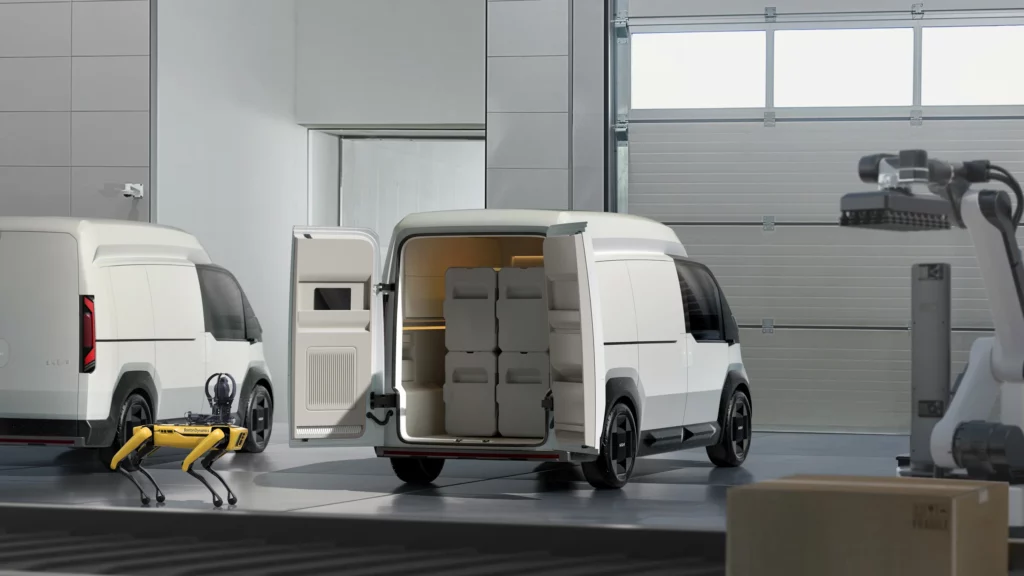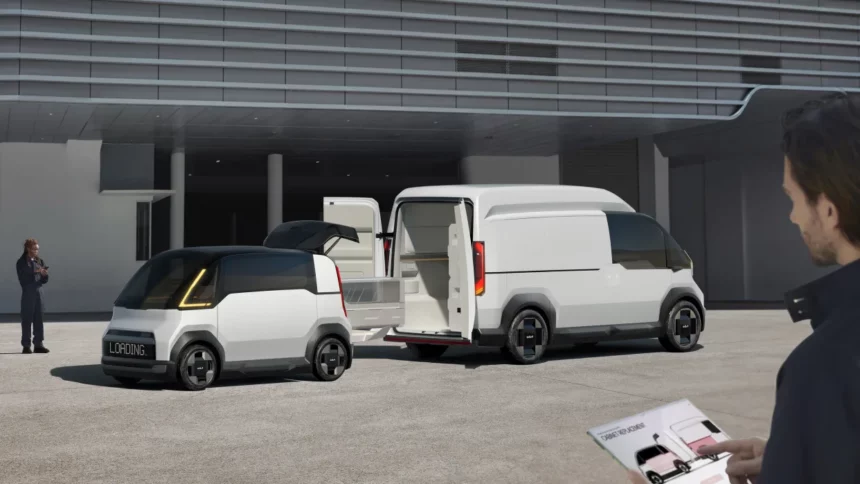We are all accustomed to electric cars, bikes, and buses, but what about the various other vehicles that share our roadways—taxis, minibuses, and delivery vans in a multitude of shapes and sizes?
Enter Kia’s new assortment of PBV concept vehicles, a name that resonates with something out of Thunderbirds. PBV, short for Platform Beyond Vehicle, has been unveiled at the CES technology show in Las Vegas. While currently only in the conceptual stage, the first commercial vehicles are set for mass production in 2025. The PBV lineup encompasses the smallest PV1, the largest PV7, and three intermediary versions of PV5. Kia asserts they possess “adaptability that stands ready to answer every question” and undeniably exudes a practical yet futuristic aesthetic.

Kia emphasizes that the PBV vehicles present a flexible platform tailored to the diverse needs of business customers. However, specific technical specifications and pricing details have not been disclosed by the company. Kia outlines a three-phase roadmap, beginning with the launch of the vehicles, followed by the introduction of advanced software and bespoke services to complement them.
In a manner akin to electric cars offering enhanced interior space due to their simplified and compact drivetrains, Kia’s PV utility vehicles purport to redefine the concept of space. The interiors are customized to best suit the needs of users.
The modular design of the vehicles allows for interchangeable bodies, connected through electromagnetic and mechanical couplings. This design enables the swapping of bodies to fulfil various roles. For instance, a PBV could function as a delivery van during the day and transform into a taxi at night. Alternatively, it could serve as a recreational vehicle for personal use on weekends—all while maintaining the same driver compartment, chassis, and drivetrain.

The initial vehicle to roll out, the PV5, is set for mass production starting next year, according to Kia. Described as a versatile electric vehicle optimized for significant domains like hailing, delivery, and utilities, the PV5 boasts conversion capability to meet diverse customer needs.
While Kia does not delve into specific use cases for the PV5, it notes that the vehicles can connect to external data sources, such as route or delivery information, enabling the operation of a “software-defined fleet.” Although the current concept vehicles feature a steering wheel and pedals, Kia reveals plans to develop a PV5 robotic taxi with autonomous driving capabilities.
The prospect of autonomous delivery vehicles is also on the horizon, with Kia suggesting a potential collaboration between Boston Dynamics’ dog-like Spot robot and a PV fleet to enhance logistics automation. In essence, Kia envisions a future where a delivery depot involves robotic dogs loading goods into fleets of electric vans.

This vision, which might have seemed like science fiction a decade ago, is becoming more tangible with the commercial availability of Spot and Kia’s impending production of its first vans next year. However, the crucial factor for the Kia PBV range in the present day will be the pricing. Courier companies will require clear figures to justify investment in Kia’s high-tech alternative to the established Transit van. Additionally, they will need assurance of the vehicles’ transformative capabilities before committing to orders.







